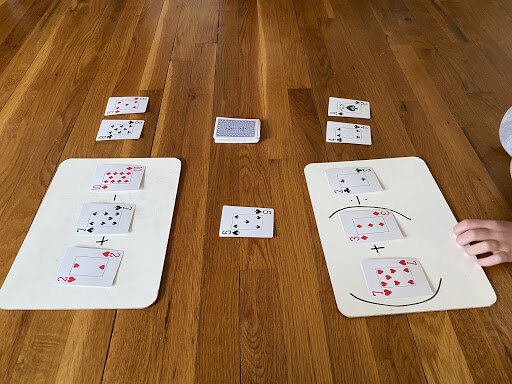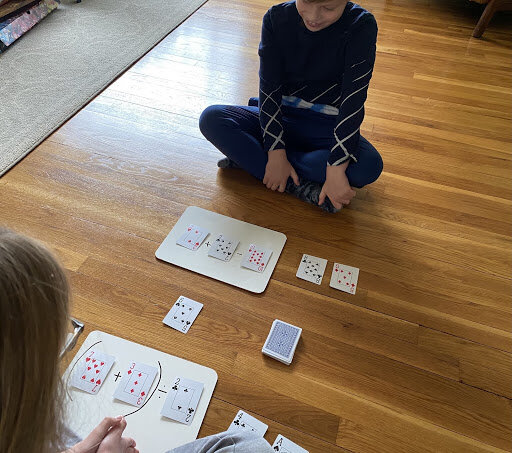Independent school admissions decisions are out and deposits are in, and the verdict... accepted, waitlisted or denied. For some, the outcome was just what they wanted, a spot at the school of their dreams. For others the decision was disappointing because they are on a waitlist , or worse yet, denied. So what does this all mean?
Before I go on, I should tell you that my approach to school admissions is centered on self reflection and acknowledgement. I challenge you as parents, to take a non-linear approach to the school search by not making the process about a means to an end. Instead, push yourselves outside the box and use this as an opportunity to help your child build life skills. Life skills? What do they have to do with applying to schools? First, let us think about a few: admissions interviews, applications, school research, writing a resume, and time management. These are skills that all of us have to develop and use throughout our lives. So, why not start early?
“Learning without reflection is a waste. Reflection without learning is dangerous.”
-Confucius
The first step in this exploration starts with your child and getting them to understand who they are as an academic, a person, and general member of society. At this point, you are probably wondering at what age children can start identifying these skills. A middle schooler, with coaching, can easily start pinpoint some of their characteristics and qualities. Do not underestimate your child’s ability to recognize their strengths and weaknesses!
I would argue that regardless of the admission decision, it’s important to reflect on the school selection process. What did you learn about yourself as a parent? What did you learn about your child? And last but not least, what should you be doing as a family going forward? For parents of middle or high school students, this should be viewed as an opportunity for your child to reflect upon their profile. Okay, so this sounds interesting... but, where do I go from here?
Take a step back before you move forward and ask yourself or your child:
What did I or my child learn about their character?
Did I/they discover anything new about their academic profile?
Are extracurricular activities a significant part of the child’s life?
Should we consider academic support or enrichment?
Have I/we adequately researched and addressed the school programs that are a “best fit” match?
Did we put enough emphasis on the school community and environment?
Was the application process an emotionally balanced experience?
Did I empower my child in their school search?
Do not feel like you have to have one big conversation about this. Instead, use this as an opportunity to start a dialogue. You might want to consider putting pen to paper before engaging in conversation to show that you put time and thought into understanding their school search. We all know how hard it is to strike a conversation with our middle or high school students. Seize the moment!
While many of you might be thinking, “my child has a spot in their first choice school so what’s all of this reflection about?” These are questions every parent should be asking themselves periodically as their child navigates their educational journey. Take a pulse along the way, and make sure that your child’s school is still appropriate based on how they are developing not only as a student, but as a person.
For those of you who are still waiting for a spot or are planning on going through the school application process again next fall, turn a negative into a positive, and use this time to reassess your child, and their school list. You might find yourself wondering if you should have done things differently. Remember, it’s never too late to redirect your thought process, and change your plan.





















